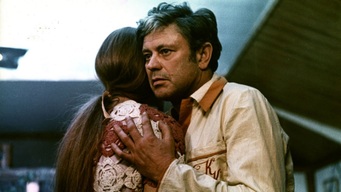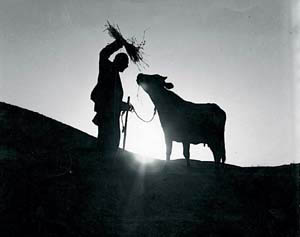|
The Passion of Joan of Arc is a remarkable classic of the silent era by the Danish director Carl Theodor Dreyer, depicting the trial and execution of Joan of Arc at the hands of the English. The film is frequently listed today as one of the greatest ever made, but has suffered numerous spates of bad luck in its lifetime and come perilously close to the dustbin of history. Dreyer's version was the eighth attempt to film the story of Joan of Arc, but was far from a simple retread of the well-known story. Dreyer believed that the key to a film depicting the dreadful fate of Joan of Arc was to be found in humanising the deified through realism, immersive dimensionality in composition and an honest conveyance of emotion. As Dreyer himself explains: “All of these pictures express the character of the person they show and the spirit of that time. In order to give the truth, I dispensed with ‘beautification’. My actors were not allowed to touch make-up and powder puffs and, from the first to the last scene, everything was shot in the right order.”
0 Comments
Solyaris (1972) |
Archives
November 2023
Categories
All
LinksWriting
Art & Design Science Music Film All contributions by Kieran Gosney unless otherwise stated.
© Kieran Gosney and kierangosney.com, 2013. Unauthorized use and/or duplication of this material without express and written permission from this blog’s author and/or owner is strictly prohibited. Excerpts and links may be used, provided that full and clear credit is given to Kieran Gosney and kierangosney.com with appropriate and specific direction to the original content.
|


 RSS Feed
RSS Feed